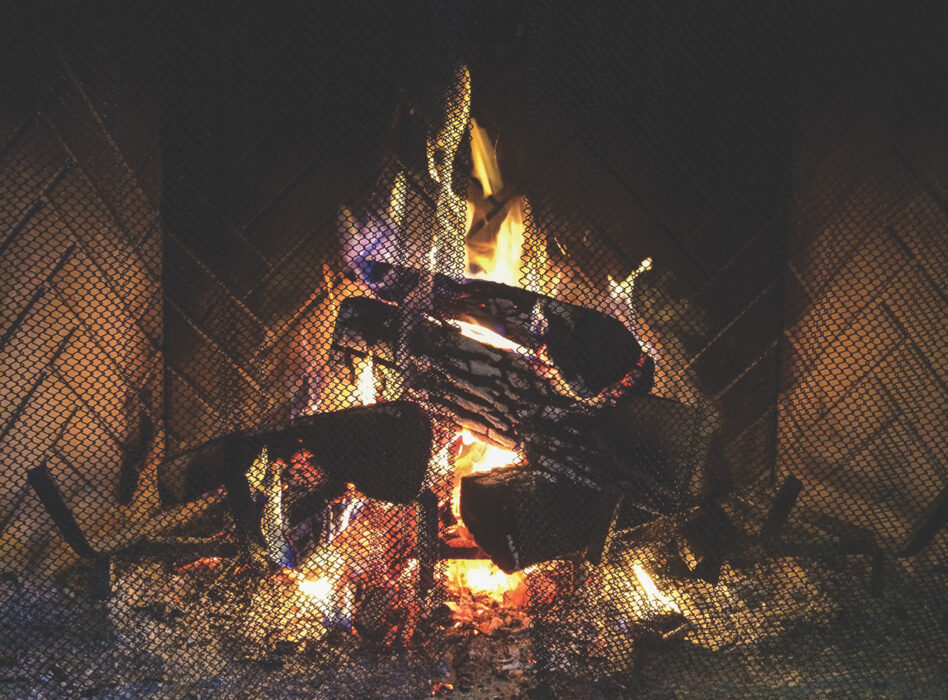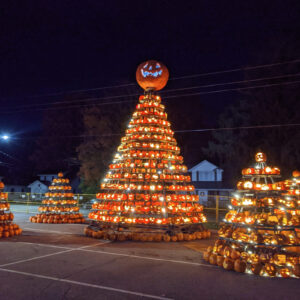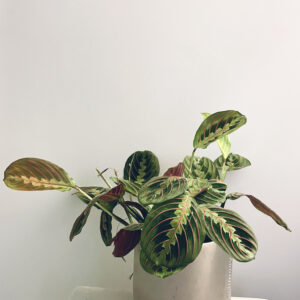
A warm fire can make even the coldest winter day more enjoyable. Fireplaces may not get much use in spring or summer, but come late fall and throughout the winter, gathering around the fire is a great idea.
Before fireplace season hits full swing, homeowners might want to brush up on a few fireplace facts so they can safely enjoy nights spent sitting by the crackling flames.
The Chimney Safety Institute of America (CSIA) advises homeowners with fireplaces to hire a certified chimney sweep to clean their fireplaces. After a lengthy period of non-use, various issues could be affecting the chimney, many of which might not be noticeable to an untrained eye. Professional, certified chimney sweeps have extensive knowledge of fireplaces, making them valuable resources who can let homeowners know if any safety issues developed since fireplaces were last used. The National Protection Agency recommends that chimneys be swept at least once per year.
A full inspection of the chimney might be in order as well. Chimney service technicians will conduct thorough examinations of readily accessible portions of the chimney exterior and interior and accessible portions of the appliance and the chimney connection. The CSIA recommends that homeowners who plan to use their chimneys as they have in the past request a Level 1 inspection, which will examine the soundness of the chimney structure and flue as well as the basic appliance installation and connections. Technicians also will verify if the chimney is free of obstruction and combustible deposits.
Homeowners also should inspect their chimney dampers before lighting their first fires of the season. Dampers should open and close smoothly. If not, a service technician can help fix or replace the damper.
Firewood is another thing homeowners must consider before lighting their first fires of the season. The CSIA says that well-seasoned firewood works best, noting that wood that is not well-seasoned will produce more smoke than heat. In addition, the home improvement resource “This Old House” recommends using dense wood that’s been split and stored in a high and dry place for at least six months.
Oak is an example of dense wood that, when stored properly, can make for an enjoyable fireplace experience. Avoid softwoods like pine. Pine can produce a lot of creosote, which is a byproduct of wood combustion. Creosote is highly flammable, and as it builds up in a chimney, the risk of a chimney fire increases.
Choosing the right wood, making sure it’s well-seasoned and having a chimney professionally cleaned can reduce the risk of a creosote-related chimney fire. A Level 1 inspection should determine if there are potentially dangerous levels of creosote deposits in the chimney.
Before nestling up to a fireplace this winter, homeowners should consider a host of factors and safety measures to ensure their fireplaces are safe and ready for the season ahead.










